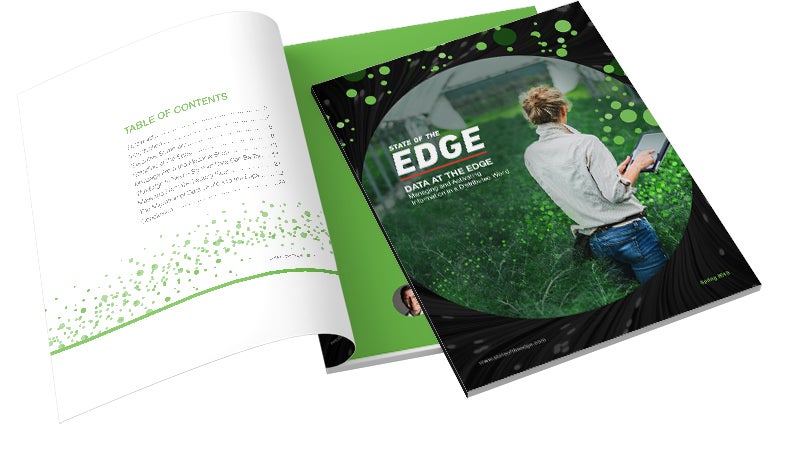State of the Edge and Edge Computing World Present the Second Annual Edge Woman of the Year Award
Edge Computing Industry Seeks to Recognize Women Shaping the Future of Edge and Invites Nominations for 2020
AUSTIN, Texas–(BUSINESS WIRE)–State of the Edge, an open source project under the LF Edge umbrella dedicated to publishing free research on edge computing, and Edge Computing World, an event that brings together the entire edge ecosystem, have announced they are accepting nominations for the Second Annual Edge Woman of the Year Award 2020. The award recognizes leaders who have been impacting their organization’s strategy, technology or communications around edge computing, edge software, edge infrastructure or edge systems. The organizers encourage industry participants to nominate their colleagues for qualified women to nominate themselves. The “Top Ten Women in Edge” finalists will be selected by the organizers and the final winner will be chosen by a panel of industry judges. Finalists will be announced at Edge Computing World, being held virtually October 12-15, 2020.
“By honoring the innovative women pushing the edge computing industry forward, we acknowledge the importance of their work and the continued need for diversity in a burgeoning and innovative field,” said Candice Digby, Partnerships and Events Manager at Vapor IO. “We are thrilled to host the second annual Edge Woman of the Year award program and look forward to honoring this year’s leader.”
State of the Edge and Edge Computing World are proud to sponsor the second annual Edge Woman of the Year Award, presented to outstanding female and non-binary professionals in edge computing for exceptional performance in their roles elevating Edge. This award highlights the growing importance of the contributions and accomplishments of women in this innovative industry. Nominations are now being accepted, and can be entered here.
Nominees will be evaluated on the following criteria:
- Career contributions and involvements (ex. industry associations, open-source contributions, etc.)
- Overall involvement in greater technology industry and demonstration of leadership qualities
- Specific contributions to edge computing (team projects and collaborations admissible)
- Contributions and involvement need not be technical; the award may be given to those in functions that include senior leadership, sales, marketing, etc.
Advisory Board of the 2020 Edge Woman of the Year Award include:
- Nadine Alameh, CEO, Open Geospatial Consortium
- Samantha Clarke, Director of Business Development, Seagate Technology
- Michelle Davis, Manager, DoD/IC Specialist SA team, Red Hat
- Eliane Fiolet, Co-Founder, Ubergizmo
- Janet George, GVP Autonomous Enterprise, Oracle Cloud
- Maribel Lopez, Founder and Principal Analyst, Lopez Research
- Maemalynn Meanor, Senior PR and Marketing Manager, The Linux Foundation
- Carolina Milanesi, Founder, The Heart of Tech
- Molly Wojcik, Director of Education & Awareness, Section
“It was an honor to acknowledge an exceptionally strong group of nominees last year, and we look forward to again recognizing those iterating on the edge computing technology in exceptionally creative ways this year,” said Gavin Whitechurch of Topio Networks and Edge Computing World. “It is imperative we take note of and acknowledge our colleagues leading the edge computing revolution, and we look forward to doing that with this year’s Edge Woman of the Year award.”
For more information on the Women in Edge Award, please visit http://www.edgecomputingworld.com/edgewomanoftheyear.
About State of the Edge
State of the Edge is an open source project under the LF Edge umbrella that publishes free research on edge computing. It is a Stage 2 project (growth) under LF Edge and is divided into three working groups: Open Glossary of Edge Computing, the Edge Computing Landscape and the State of the Edge reports. All State of the Edge research is offered free-of-charge under a Creative Commons license, including the landmark 2018 State of the Edge report, the 2019 Data at the Edge report and, most recently, the 2020 State of the Edge report.
About Edge Computing World
Edge Computing World is the only event that brings together users and developers with the entire edge ecosystem to accelerate the edge market & build the next generation of the internet. For 2020 the virtual event focuses on expanding the market, with new features including the Free-to-Attend Edge Developers Conference & the Free-to-End Users Edge Executive Conference.




